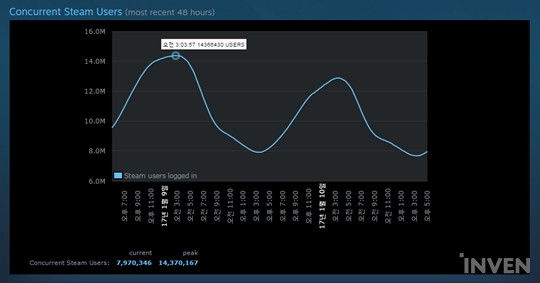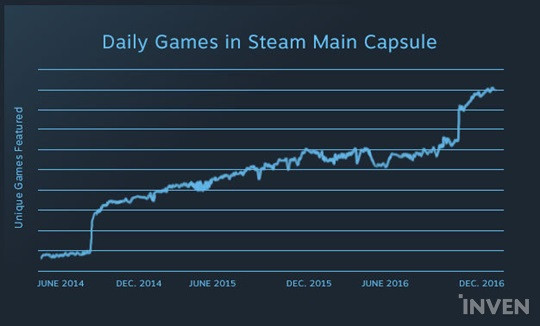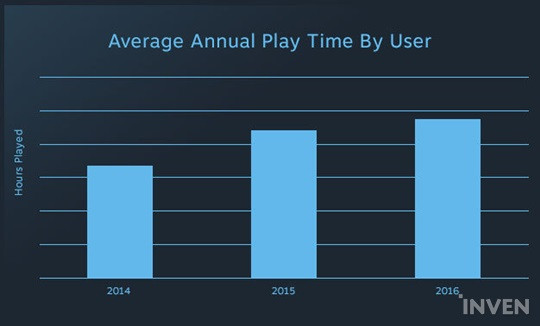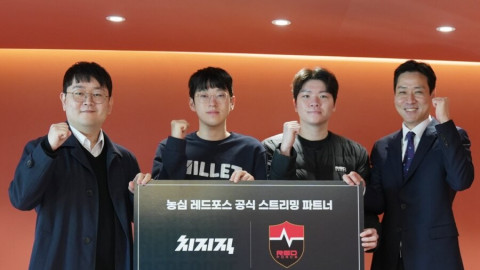
On February 11th, Valve Corporation, a digital distribution company, announced on its official site that it will switch out Steam Greenlight and replace it with Steam Direct.
Launched back in August 2012, Greenlight was a system that let people vote on games they want released on Steam. For small developers with limited financial resources, Greenlight has been an integral part of publishing their games on the biggest digital distribution platform in the world.
Among the games that went through the Greenlight process, there are over 100 games that have made at least $1 million each. Valve explains that kind of number was not possible with the old direct curation system. At first glance, Greenlight seems to do no wrong for both developers and consumers. However, there are numerous issues that have plagued the system since its inception.
As shady developers flooded the store with sub-par games and rigged the votes to get passed through Greenlight, many gamers were bombarded with games they had no interest in playing. Although the original intention of Greenlight was to let people become the judge of game quality, many developers undercut the process, making Greenlight the butt of every gamer’s joke. Perhaps it is for this reason that Steam is closing down Greenlight and implementing Steam Direct in its place.

▣ Parting ways with Greenlight for the greater good

Since its launch in September 2003, Steam has delivered countless games to people around the world. In introducing new features and changes, Steam also has done its best to satisfy the customers and to reflect on user feedback. Still, Valve could not directly curate games for personal preferences with the limited employees they had.
As such, Valve moved from directly selecting games to feature on the store to having developers distribute titles by themselves. Eventually, after realizing Greenlight put up an additional barrier between games and players, Steam decided to close down Greenlight to better connect the right games to the right customers. Greenlight will not be deprecated right away though. Instead, Valve will collect community feedback to ensure a smooth transition to Steam Direct in multiple steps.
▣ Stepping Stone: An imperfect system for connecting developer with players

Maybe Steam had too ambitious of a goal when it came to what they wanted to achieve with Greenlight. Yet, it served well as a stepping stone for directly connecting players with games. In fact, many indie developers were able to showcase diverse types of games thanks to Greenlight lowering the hurdle for distribution. According to the data released by Steam, over 100 Greenlit games made $1 million each.
After seeing these unusual titles making handsome revenues, Valve became aware that Steam users crave more diverse and unique gaming experiences. For instance, some people play a couple games for thousands of hours, while others purchase multiple titles from a specific genre and play parts of them over a period of time.
Through Greenlight, Valve collected enough data to figure out the various playstyles and purchase patterns of Steam users. Valve then used the data to come up with an effective distribution channel and a way to expose people to the content they want.
To alleviate the two issues above, Valve made improvements to the developer publishing tools in Steamworks and introduced features like user reviews, discovery queues, user tags, streamlined refunds, and curators. These efforts had a positive impact as a whole by facilitating more efficient communication between developers and players. After the first Discovery Update, the average time spent playing games has continuously increased and the average game purchases during the same period doubled.


▣ Steam Direct: New digital distribution

Steam’s improvements are still ongoing. The next logical step is for developers to directly put games on Steam. Scheduled for launch in Spring 2017, Steam Direct aims to improve this process. With the improved system, new developers will be required to fill out digital paperwork, personal verification, and tax documents in a process similar to bank account applications. After the sign-up is complete, developers will pay a recoupable application fee per game, which will hopefully curb the flood of shovelware on the store.
The publishing fee for Steam Direct has yet to been determined, and Valve said they will gather more feedback to arrive on an exact number. The post mentions a rather wide range of $100 to $5,000 from previous discussions on the issue.
Valve does not detail the specifics of Steam Direct in the post, and only describes it as the system to replace Greenlight. The post states that although they already have a work-in-progress tool for Steam Direct, they will build on the system with community feedback. They also added that there is not a set rollout date, but it will be here within the coming months.
▣ Steam Direct marks a new beginning

Just because Greenlight is closing its doors, does not mean Steam has finished improving itself. On the contrary, Steam will continue to streamline its system for more efficient digital distribution, as it has done in the past.
These improvements were not born from Steam’s discretion alone, but also from actively reflecting on user feedback and objective data. It is good to note that Steam Direct is a means to an end, rather than an end-all be-all solution to distribution.
Valve is dedicated to providing fair service to customers and also to cultivating an environment in which good developers feel welcomed. They also plan to bring developers and players closer and effectively deliver content that people want to consume. As Valve has shown healthy growth over the years, it will definitely be interesting to see how their first major step in 2017 will turn out.
-

I'm the captain of the Inven Global, but I'm doing all sorts of chores. When can I end my journey around the world? :)
-

Sort by:
Comments :0





